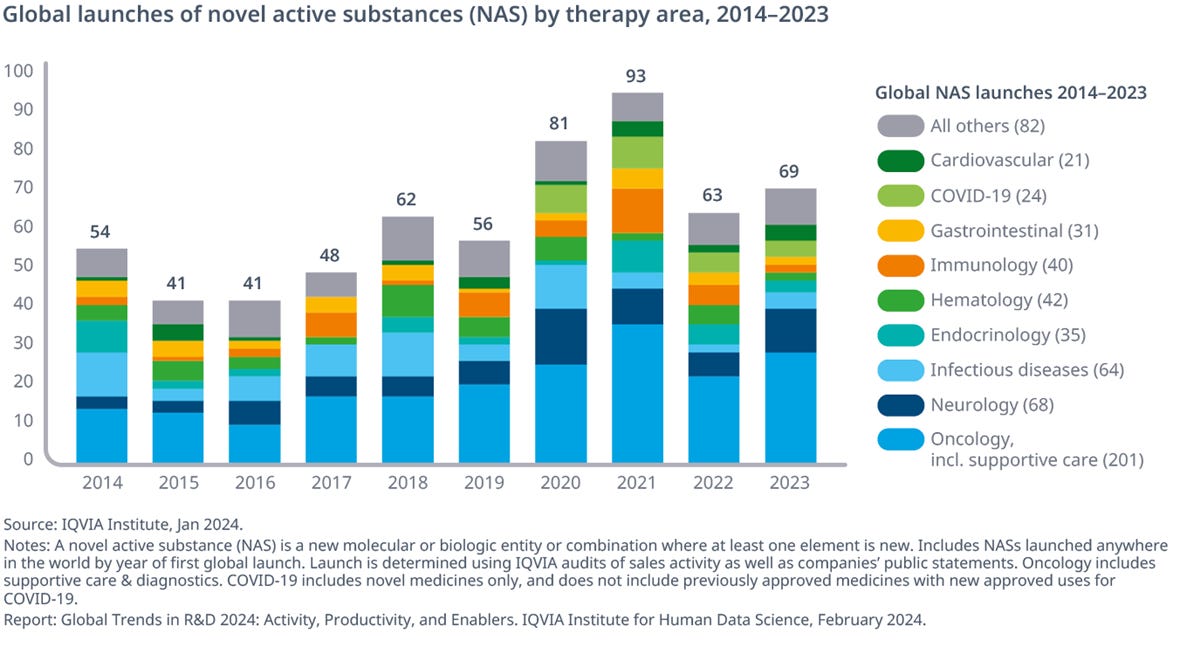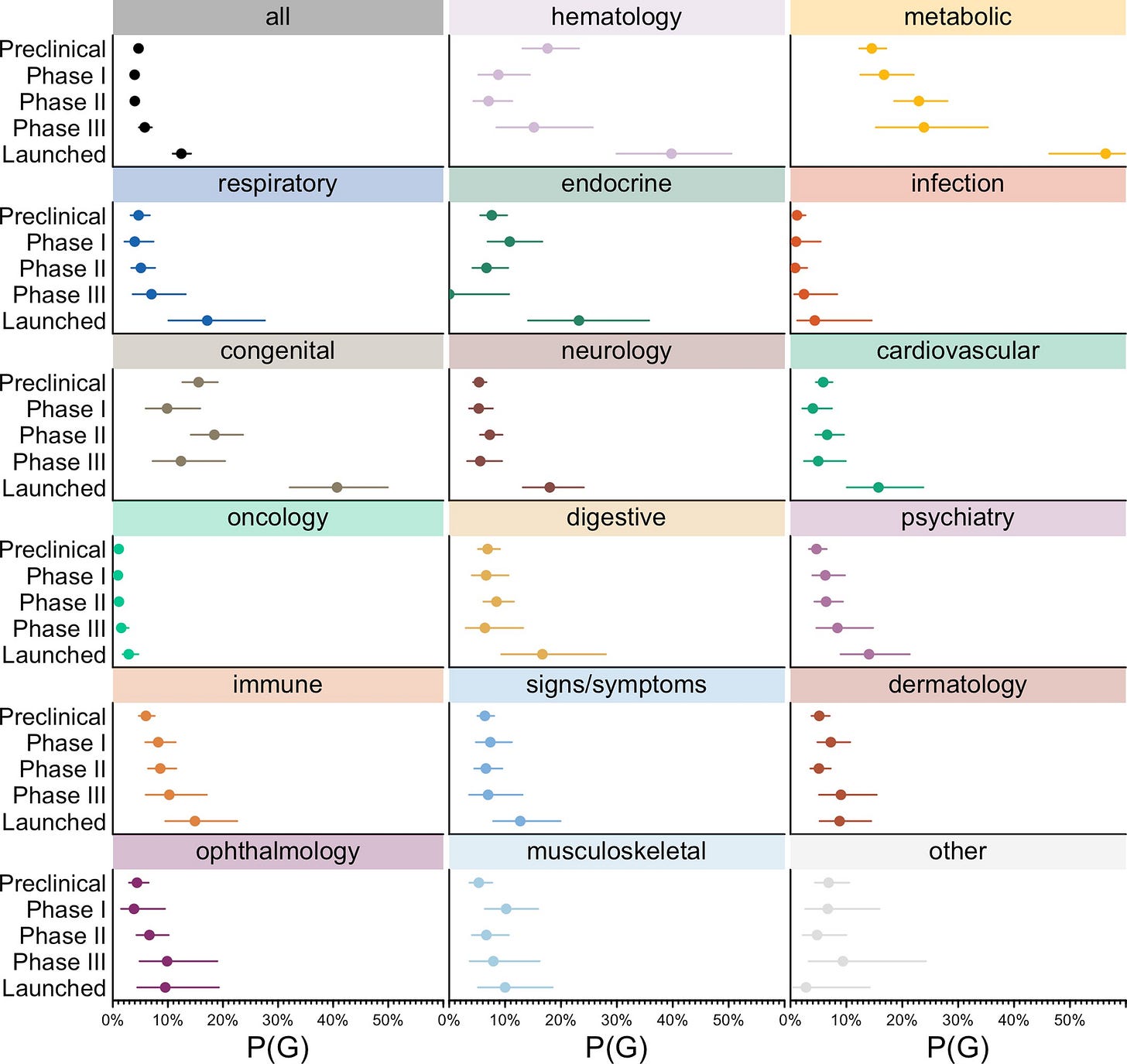Why animal models are useful for CNS drug discovery: Part 1
CNS drug discovery is more successful than oncology!!
A major paper published 15 years ago (>2000 citations) stated:
“Perhaps the greatest disappointment with existing animal models of neuropsychiatric disorders is that they have failed, over several decades, to predict treatment efficacy in humans for previously unknown mechanisms of action.”
There are many issues to unpack and analyze in the light of more recent data related to successes and failures for CNS drug discovery. Today, I will focus on psychiatric diseases and the failure rate compared with other areas of drug development.
What is the failure rate for drug discovery in general?
According to a recent study, composite success rates (from entry into Phase I to regulatory submission) is only 7.6%. This means that, in general, the overall failure rate is >90% for all drugs entering clinical trials.
The implication of this finding is that “drug discovery is risky”.
How successful has CNS drug discovery been?
When the metric of “novel active substances approved by therapeutic area” was examined, CNS drug discovery exceeded all areas in terms of # of compounds ultimately approved (68) with the exception of oncology (201).
The implication of this finding is that “CNS drug discovery can be successful”
How does the success rate for CNS drug discovery differ from other therapeutic areas?
A recent study disclosed the following:
As can be seen the overall success rate (to Launch) was similar for psychiatry and neurology, both of which were significantly greater than oncology. Metabolic diseases (incretins) and hematology had the highest rates of ultimate success.
Is it true that CNS drug discovery is ‘more risky’ than other areas? Based on this analysis the answer would be NO.
In the next posts I will begin to address the other commonly voiced concerns among experts in the field.





